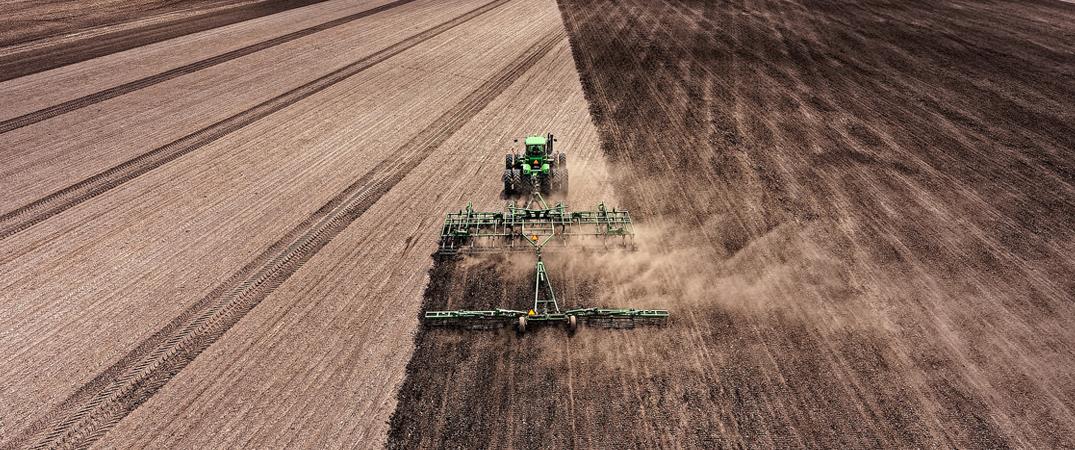
Pest Alert
2018 Cercospora Resistance Maps
Map 1 – Eminent/Minerva by township
Eminent/Minerva resistance levels remain mostly high throughout the RRV, resistance levels leveled off compared to 2017 maps with moderate to high resistance overall, and with each district having a handful of townships with very high resistance to take note of. Eminent/Minerva is strongly recommended to only be used as a tank mix partner with another non-Triazole fungicide. Not more than 50% of total applications per year should include triazoles. Contact your Agriculturist for information on a section by section basis.
Map 6 – Headline/Priaxor by township
About 88% of townships in the Red River Valley with sugarbeets, now exhibit severe resistance to Headline/Priaxor with severe rated resistance infiltrating all five factory districts. Overall, 2018 shows a leveled-off increase in resistance compared to 2017 when comparing maps. It is strongly recommended Headline/Priaxor applications be preceded by fungicides with other modes of action to reduce concern from fields where resistance has been documented. Ideal timing for this application remains to be the last week of August through the first week of September for sugarbeet root frost protection/recovery and plant health benefits. If used for application, Headline/Priaxor MUST be tank mixed with a full rate of each product in the tank mix, NEVER use these products without a tank mix partner. Contact your Agriculturist for information on a section by section basis.
Map 8 - Inspire by township
Inspire resistance levels have increased from moderate to high levels throughout the RRV from the 2017 maps in comparison, however with only 3 townships with very high resistance to take note of. Inspire is strongly recommended to only be used as a tank mix partner with another non-Triazole fungicide. Not more than 50% of total applications per year should include triazoles. Contact your Agriculturist for information on a section by section basis.
Map 13 - Proline by township
Proline resistance levels are overall high to very high, more so throughout the RRV with higher occurrences of very high resistance compared to the 2017 map and with each district having a few townships with moderate resistance. Proline is strongly recommended to only be used as a tank mix partner with another non-Triazole fungicide. Not more than 50% of total applications per year should include triazoles. Contact your Agriculturist for information on a section by section basis.
Map 18 - TPTH (Tin) by township
Good news for TPTH effectiveness overall from the 2018 CLS sampling process. Map 18 is, as a reminder, a new map format as of 2017, with 0-100 ppm scale separated into 5 categories of resistance for further resolution compared to the traditional map prior to 2017. The map indicates low to slight TPTH resistance throughout the RRV, with only 7 townships overall with moderate resistance, mostly within the EGF and CRK Districts. Tin should be utilized as a tank mix partner with other chemistries, at full rates of each tank mix partner. The goal of the map was to show more details of resistance levels for continued BMP’s (Best Management Practices) of TPTH use. Contact your Agriculturist for information on a section by section basis.
Map 20 - Topsin by township
The Topsin data for this map is reported every other year (even years, as a reminder). The 2018 Topsin map, is of a new reporting format, in that the reporting output is factored similarly to other fungicides in the study, therefore…you will notice a map output with much higher resistance level for Topsin reported in 2018, as compared to the 2016 Topsin resistance map. The percent of isolates resistant to Topsin are very high overall, but Topsin remains quite effective as a tank-mix partner. Topsin is NEVER recommended to be applied alone. Topsin with a suitable tank mix partner remains to be a very good CLS management option. Remember Topsin PHI is 21 days, so plan harvest accordingly around your spray rotation.
General Comments
2018 was another welcomed year for an overall RRV decrease in CLS pressure. Pressure was overall lower at the beginning of the year and finished low with drier environmental conditions as the year progressed. 2016 and 2018 saw an average of 2.9 CLS applications across our growing region, whereas 2017 saw our highest CLS fungicide usage at 3.1 applications on average. TPTH effectiveness improved greatly in 2018, according to the resistance testing process and quite possibly a beneficial result of recommended tank-mixing of CLS fungicides applied. We have witnessed this improvement of TPTH in the industry in past years, so this is a welcomed occurrence in 2018. Continued diligent CLS management is highly recommended to aid in reducing overall CLS inoculum. Tank mixes continue to be a necessity, and not considered optional at this point with high resistance present. 15-20 gallons per acre water, 80+ psi, starting spray program earlier and 14 days maximum spray interval are all needed practices with current CLS conditions. Glyphosate applications must be separated from fungicide applications as water volumes vary by targeted pest.
Additional information is available from your Agriculturist. Another useful website is www.sbreb.org for the latest in North Dakota State University and University of Minnesota research information.
